Sony has just recently revealed the design of the PlayStation 5 during its Future of Gaming event, promising gamers next-generation performance capable of playing at high frame rates and high resolutions. Set to launch in holidays 2020, we’re excited to see what exactly Sony’s new consoles can deliver. That being said, it also made us reminisce about the past and how simpler times were.
That’s why for today, we’re discussing the evolution of Sony’s PlayStation consoles, its features, and specifications to see how far Sony has come in 25 years since the release of the original PlayStation.
Table of Contents
Released way back in 1995, the original PlayStation revolutionized gaming consoles in the world, being the first to utilize CDs and advanced three-dimensional games. The original DUALSHOCK controller also changed how most players game, featuring an ergonomic design, two analog sticks, and vibration function that gave gamers tactile feedback. Like most electronic appliances from the 90s, it featured a boxy design and large, dated, proprietary ports.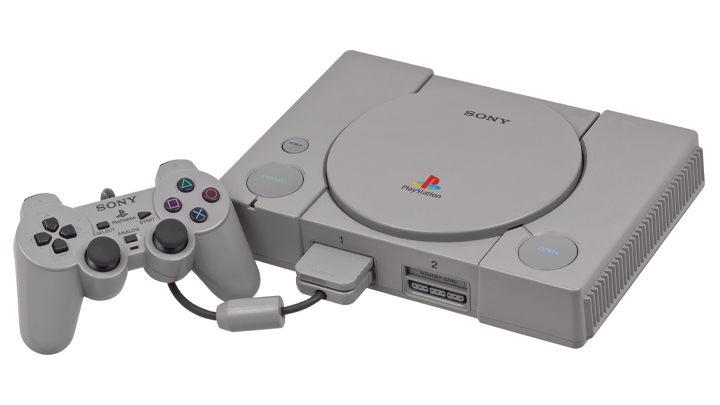
It runs on an R3000 processor running at 33MHz, with 2MB of RAM and 1MB of video memory, and was capable of running games at 720 x 480 resolution.

It was initially sold for USD 299PHP 17,547INR 25,340EUR 285CNY 2,176 or around USD 517PHP 30,340INR 43,816EUR 492CNY 3,763 today when taking into account inflation.
Five years after the successful launch of the PlayStation 1, Sony has released its next-generation console, the PlayStation 2. It’s the first PlayStation to feature a “slim” version, which eventually became the only variant sold after the fat version was discontinued. It introduced backward compatibility for games and the DUALSHOCK controller, as well as new features such as internet connectivity for online play and DVD-ROM support for larger games. Its design is sleeker and a little more modern, with the ability to be placed vertically on a surface to save on desk space.
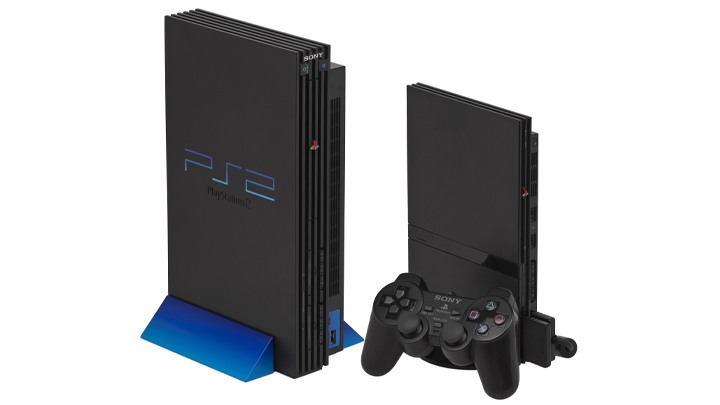
Under the hood, the PlayStation 2 ran on the much faster Emotion Engine running at 300MHz, with 4MB of video RAM, capable of running games 480p, and some games upscaled to 1080i.

The PlayStation 2 was launched with a price of USD 299PHP 17,547INR 25,340EUR 285CNY 2,176 or around USD 457PHP 26,819INR 38,731EUR 435CNY 3,326 today, taking into account inflation.
In 2006, Sony released the PlayStation 3, which is the first PlayStation device with native support for Blu-Ray, WiFi, PlayStation Network integration, upgraded DUALSHOCK 3 wireless controllers, and an HDD to locally store games. There were three models released: the original model released in 2006, the slim model released in 2009, and the superslim model released in 2012.
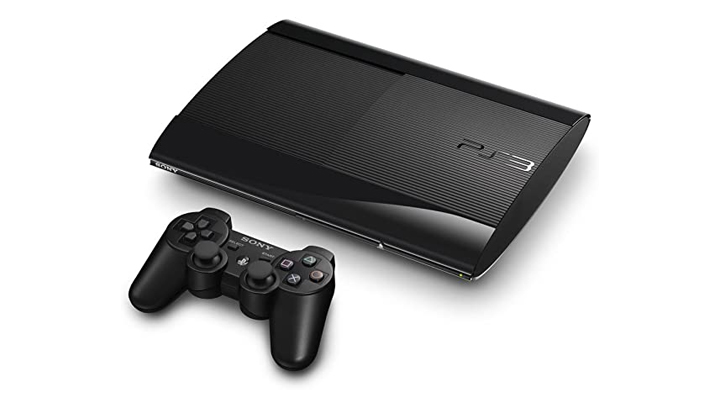
It’s powered by a 3.2GHz Cell Broadband Engine CPU paired with an RSX Reality Synthesizer GPU running at 500MHz, capable of outputting 400GFLOPS of performance. It’s equipped with 256MB of XDR Main RAM, and 256MB of GDDR3 VRAM, capable of running games at 1080p native resolution.

The PlayStation 3 was released with an MSRP of USD 499PHP 29,284INR 42,290EUR 475CNY 3,632 for the 20GB model and USD 599PHP 35,153INR 50,765EUR 570CNY 4,360 for the 60GB model.
With the goal to create an all-in-one entertainment hub, as well as games becoming even more graphically intensive, Sony partnered with AMD to provide faster hardware that’s easier to code on. Released in 2013, the PlayStation 4 is capable more than just gaming, including the ability to record and stream your gameplay, support other video streaming applications such as Netflix, and browsing the web. It also allows for multitasking, as users can switch between apps.
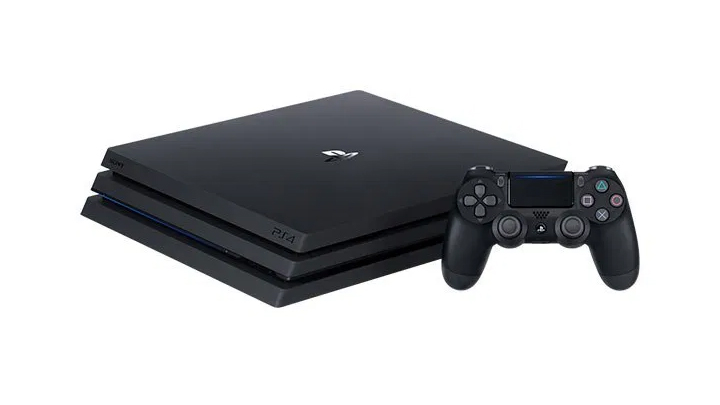
There are three versions of the PlayStation 4: a regular, slim, and Pro version. The main difference is that the Pro model supports 4K HDR graphics, while the non-Pro variant can only display 1080p content.

The PlayStation 4 is equipped with AMD’s 8-core “Jaguar” CPU paired with a Radeon GPU capable of 1.84 TFLOPS of performance (original version) or 4.20 TFLOPS of performance (Pro version), both of which are paired with 8GB of GGDDR5 memory. As for storage, users are able to purchase the PlayStation 4 with either a 500GB or 1TB HDD.
The PlayStation 4 and PlayStation 4 slim launched with an initial MSRP of USD 299PHP 17,547INR 25,340EUR 285CNY 2,176, while the PlayStation 4 Pro was initially priced at USD 399PHP 23,416INR 33,815EUR 380CNY 2,904.
Sony’s upcoming console, the PlayStation 5, is set for release in the Holidays season of 2020. It’s designed to cater to gamers’ needs of both high frame rate gameplay, and high graphical fidelity. Aside from CPU and GPU improvements, the storage has also been upgraded to a custom SSD to lessen load times and allow users to resume games literally where they left it. Additionally, Sony has been improving the audio capabilities of their console, to provide a more accurate 3D sound so players can be immersed even more.
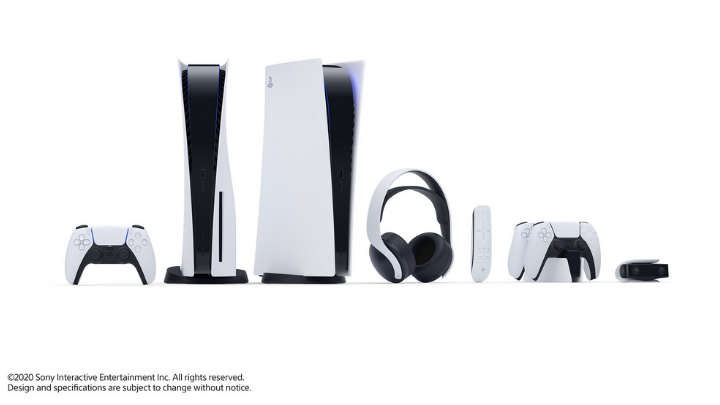
The PlayStation 5 has also been redesigned from the typical boxy aesthetic to something postmodern, with uneven curves and asymmetrical body. The controllers have also been revamped and renamed, from the 25-year-old DUALSHOCK to DualSense. It’s designed to be a lot more ergonomic, with better haptic feedback and adaptive L2 and R2 buttons.

There will be two versions of the PlayStation 5 on release, a 4K Ultra HD Blu-ray drive version, and a digital edition with no disc drive.
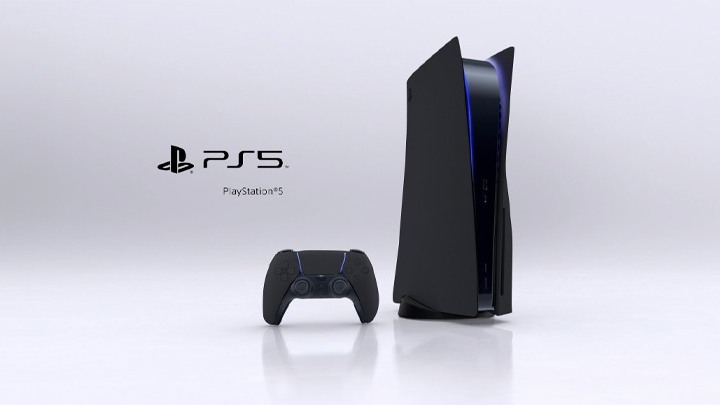
Sony went with AMD again for the PlayStation 5, using an 8-core Zen 2 based CPU at 3.5GHz, and an RDNA2 based GPU capable of 10.28 TFLOPS of performance. It also comes with a separate Geometry Engine, 16GB of GDDR6 RAM, a Tempest Engine to handle audio, and an 825GB custom SSD.

While Sony is yet to confirm the prices of each model, there are rumors that the console will cost around USD 500PHP 29,343INR 42,375EUR 476CNY 3,639 to USD 550PHP 32,277INR 46,612EUR 524CNY 4,003.
Games are a lot more impressive nowadays with better physics, graphics, and audio to transport and immerse us with its stories and competition. But it wasn’t always like this from the beginning. Sony, and the gaming industry as a whole, has come a long way from its roots, and its exciting to see where we’re headed.

YugaTech.com is the largest and longest-running technology site in the Philippines. Originally established in October 2002, the site was transformed into a full-fledged technology platform in 2005.
How to transfer, withdraw money from PayPal to GCash
Prices of Starlink satellite in the Philippines
Install Google GBox to Huawei smartphones
Pag-IBIG MP2 online application
How to check PhilHealth contributions online
How to find your SIM card serial number
Globe, PLDT, Converge, Sky: Unli fiber internet plans compared
10 biggest games in the Google Play Store
LTO periodic medical exam for 10-year licenses
Netflix codes to unlock hidden TV shows, movies
Apple, Asus, Cherry Mobile, Huawei, LG, Nokia, Oppo, Samsung, Sony, Vivo, Xiaomi, Lenovo, Infinix Mobile, Pocophone, Honor, iPhone, OnePlus, Tecno, Realme, HTC, Gionee, Kata, IQ00, Redmi, Razer, CloudFone, Motorola, Panasonic, TCL, Wiko
Best Android smartphones between PHP 20,000 - 25,000
Smartphones under PHP 10,000 in the Philippines
Smartphones under PHP 12K Philippines
Best smartphones for kids under PHP 7,000
Smartphones under PHP 15,000 in the Philippines
Best Android smartphones between PHP 15,000 - 20,000
Smartphones under PHP 20,000 in the Philippines
Most affordable 5G phones in the Philippines under PHP 20K
5G smartphones in the Philippines under PHP 16K
Smartphone pricelist Philippines 2024
Smartphone pricelist Philippines 2023
Smartphone pricelist Philippines 2022
Smartphone pricelist Philippines 2021
Smartphone pricelist Philippines 2020